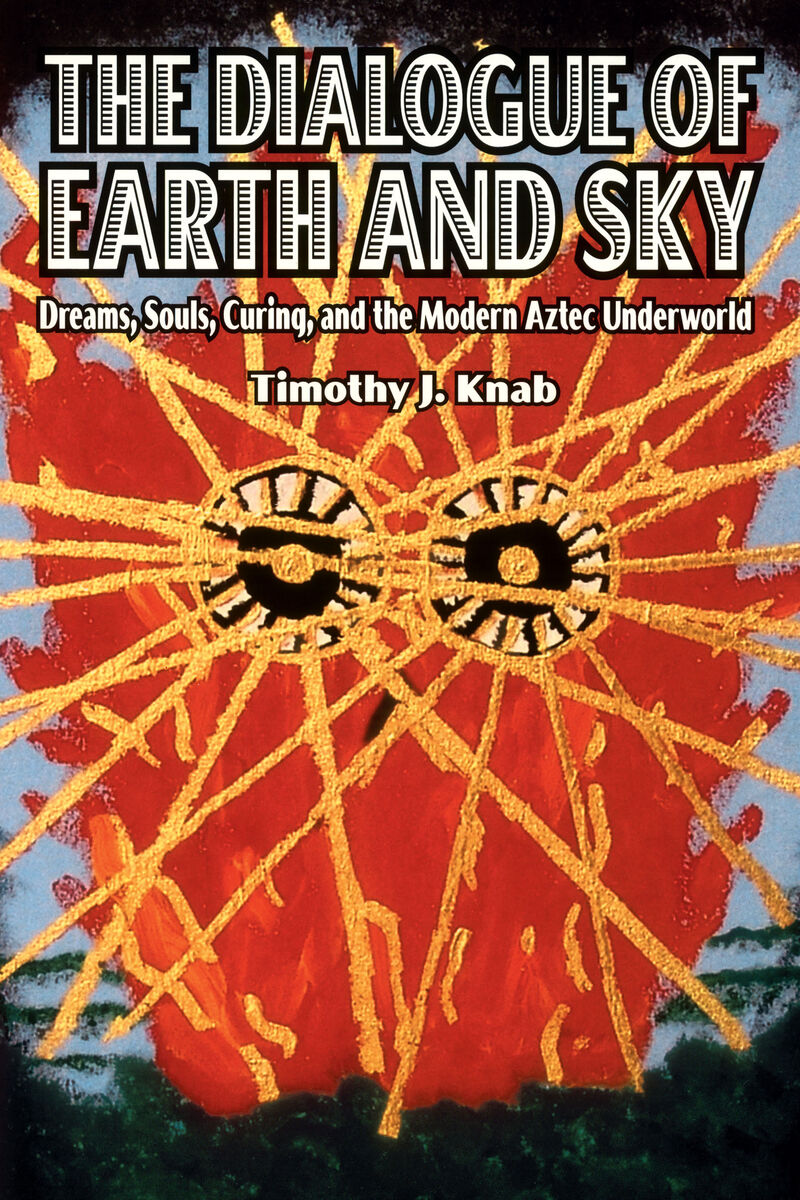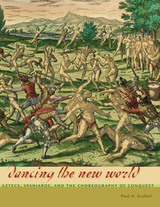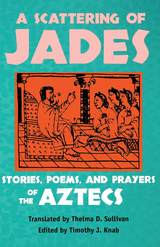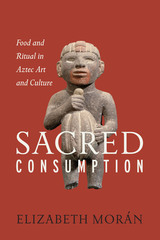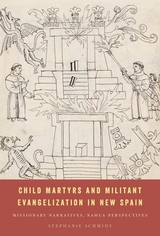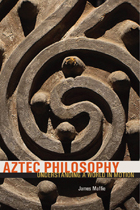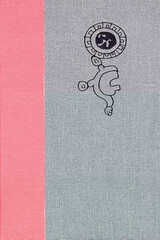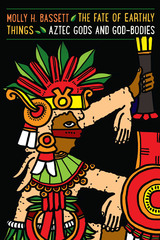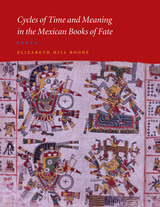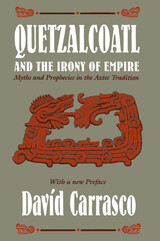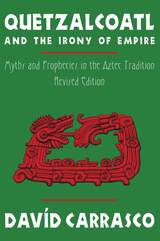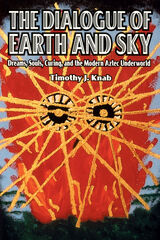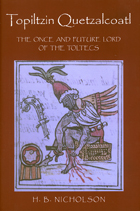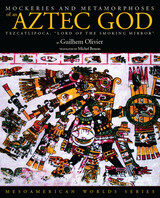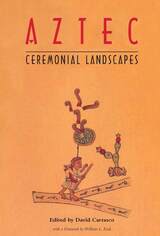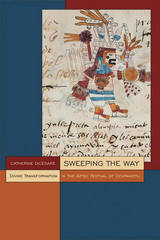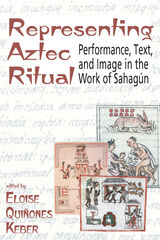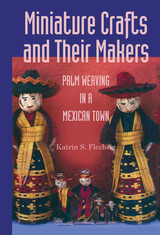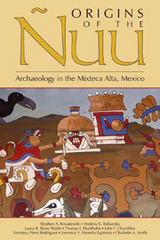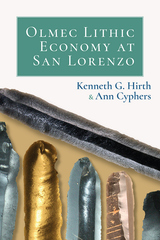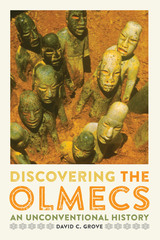The Dialogue of Earth and Sky: Dreams, Souls, Curing, and the Modern Aztec Underworld
University of Arizona Press, 2004
Cloth: 978-0-8165-2413-6 | eISBN: 978-0-8165-4983-2 | Paper: 978-0-8165-2880-6
Library of Congress Classification F1219.76.R45K58 2004
Dewey Decimal Classification 299.7
Cloth: 978-0-8165-2413-6 | eISBN: 978-0-8165-4983-2 | Paper: 978-0-8165-2880-6
Library of Congress Classification F1219.76.R45K58 2004
Dewey Decimal Classification 299.7
ABOUT THIS BOOK | AUTHOR BIOGRAPHY | REVIEWS | TOC
ABOUT THIS BOOK
In Mexico’s Sierra Norte de Puebla, beliefs that were held before the coming of Europeans continue to guide the lives of modern Aztecs. For residents of San Martín Zinacapan, life in and on the earth is animated by the same forces, through which people seek to maintain a cohesive view of the relationship of mankind, the cosmos, and the natural world. This delicate balance of the human spirit maintains the health and well-being of villagers, and is an essential part of the social and ideological framework that makes a person’s life whole.
This book describes the basic elements of a belief system that has survived the onslaught of Catholicism, colonialism, and the modern world. Timothy Knab has spent thirty years working in this area of Mexico, learning of the Most Holy Earth and following what its people there call "the good path." He was initiated as a dreamer, learned the prayers and techniques for curing maladies of the human soul, and from his long association with the Sanmartinos has constructed a thorough account of their beliefs and practices.
Learning to recount dreams, forming a dreamtale, and "carrying it on one’s back" to the waking world is the first part of the practitioner’s labor in curing. But dreamtales are shown to be more than parables in this world, for they embody the ethos and cosmovision that link Sanmartinos with their traditions and the Most Holy Earth. Building on this background, Knab describes how the open-ended interpretation of dreams is the practitioner’s primary instrument for restoring a client’s soul to its proper equilibrium, thus providing a practical approach to finding and resolving everyday problems.
Many anthropologists hold that such beliefs have long since disappeared into the nebulous past, but in San Martín they remain alive and well. The underworld of the ancestors, talocan or Tlalocan for the Aztecs, is still a vital part of everyday life for the people of the Sierra Norte de Puebla. The Dialogue of Earth and Sky is an important record of a culture that has maintained a precolumbian cosmovision for nearly 500 years, revealing that this system is as resonant today with the ethos of Mesoamerican peoples as it was for their ancestors.
This book describes the basic elements of a belief system that has survived the onslaught of Catholicism, colonialism, and the modern world. Timothy Knab has spent thirty years working in this area of Mexico, learning of the Most Holy Earth and following what its people there call "the good path." He was initiated as a dreamer, learned the prayers and techniques for curing maladies of the human soul, and from his long association with the Sanmartinos has constructed a thorough account of their beliefs and practices.
Learning to recount dreams, forming a dreamtale, and "carrying it on one’s back" to the waking world is the first part of the practitioner’s labor in curing. But dreamtales are shown to be more than parables in this world, for they embody the ethos and cosmovision that link Sanmartinos with their traditions and the Most Holy Earth. Building on this background, Knab describes how the open-ended interpretation of dreams is the practitioner’s primary instrument for restoring a client’s soul to its proper equilibrium, thus providing a practical approach to finding and resolving everyday problems.
Many anthropologists hold that such beliefs have long since disappeared into the nebulous past, but in San Martín they remain alive and well. The underworld of the ancestors, talocan or Tlalocan for the Aztecs, is still a vital part of everyday life for the people of the Sierra Norte de Puebla. The Dialogue of Earth and Sky is an important record of a culture that has maintained a precolumbian cosmovision for nearly 500 years, revealing that this system is as resonant today with the ethos of Mesoamerican peoples as it was for their ancestors.
See other books on: Aztecs | Dialogue | Dreams | Earth | Indians of Mexico
See other titles from University of Arizona Press
